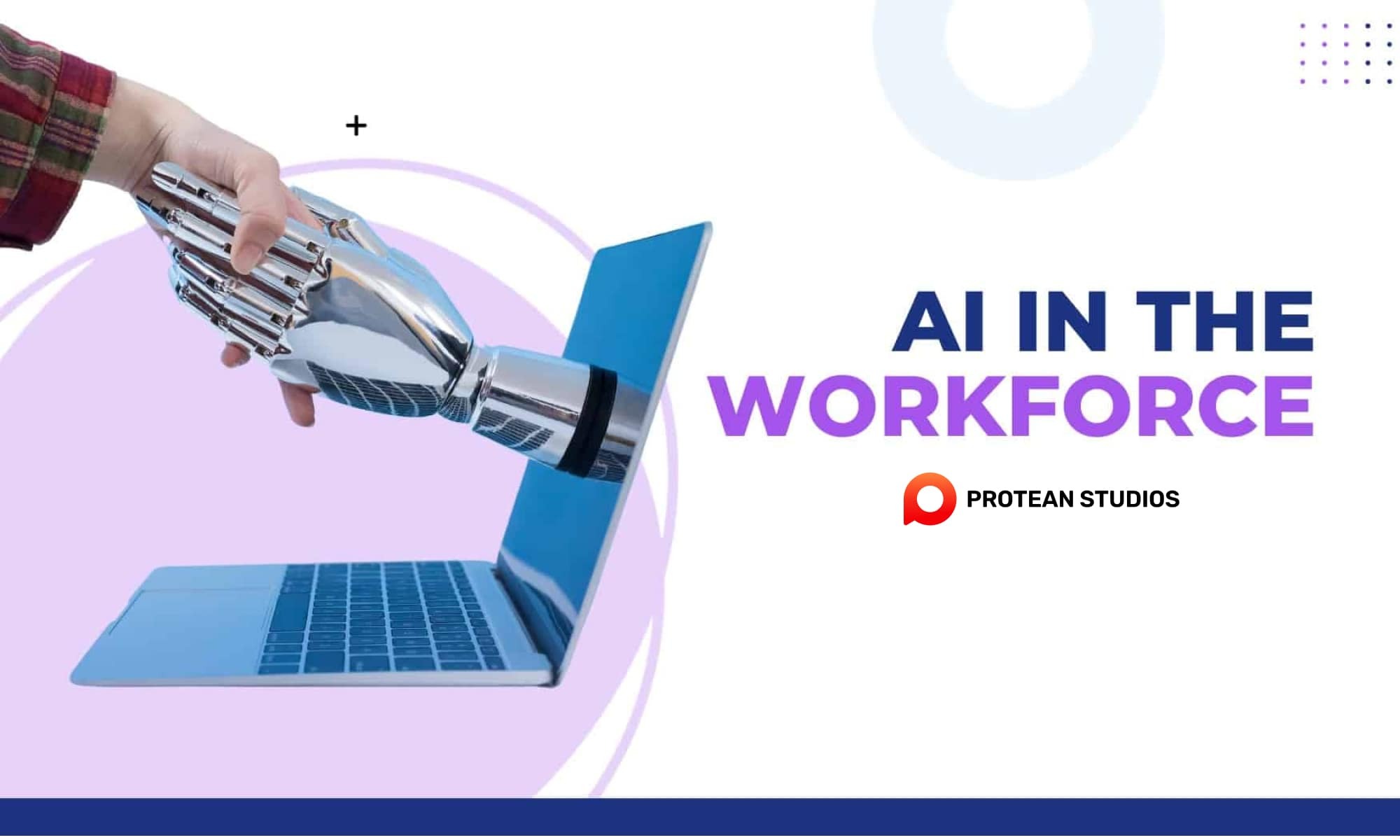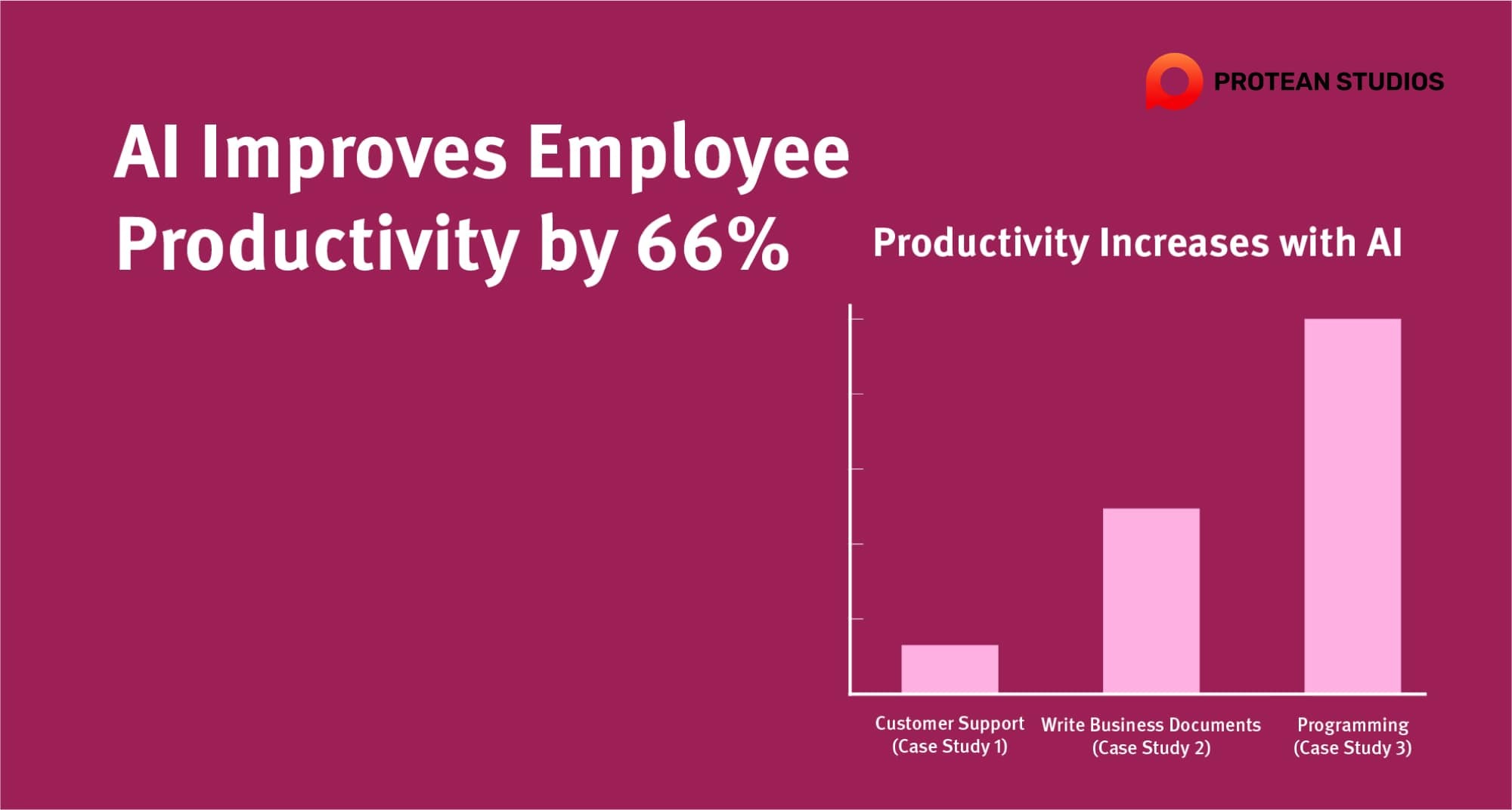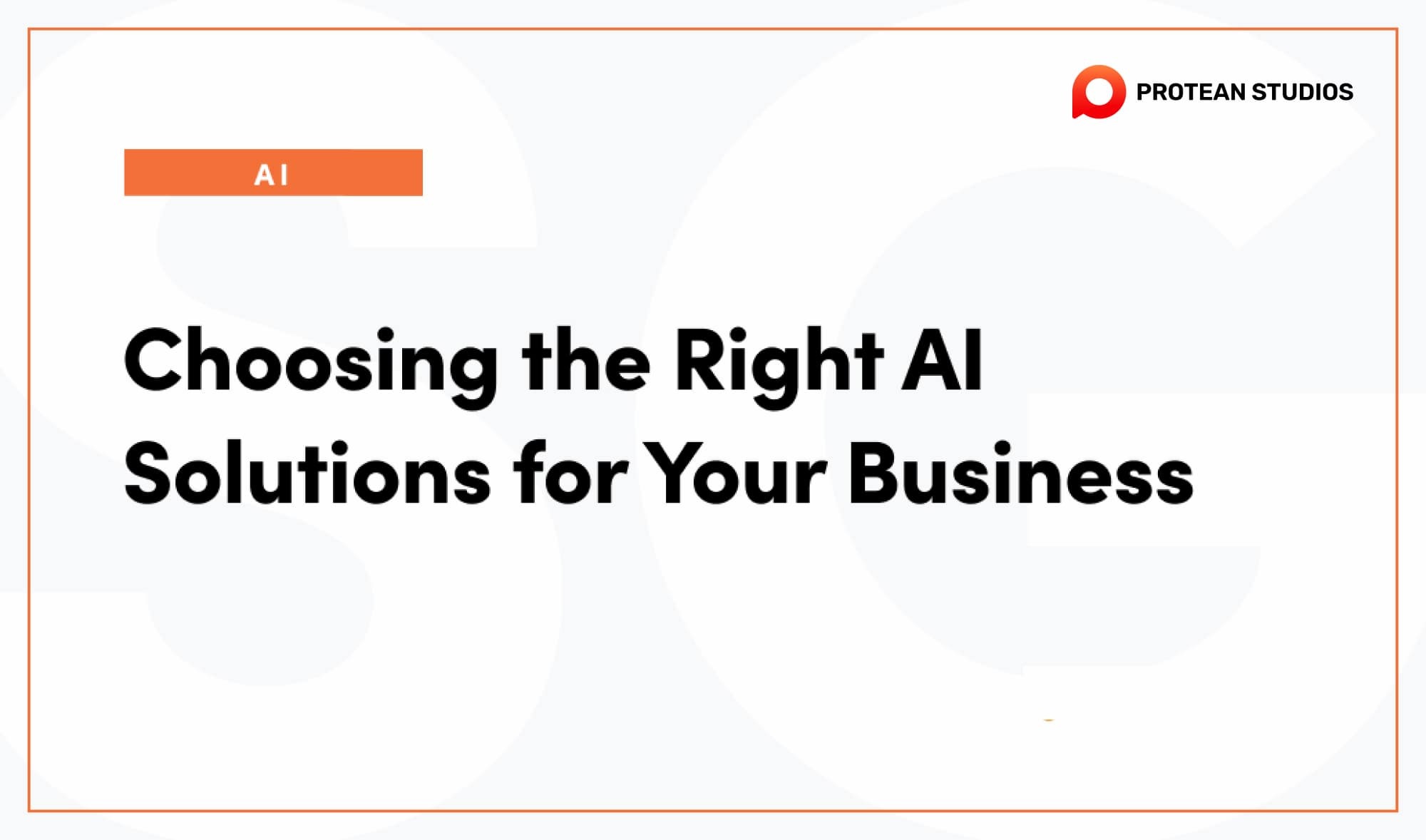The rise of artificial intelligence (AI) is transforming the workplace at an unprecedented pace. While some fear job displacement, AI offers a powerful opportunity to boost productivity, streamline workflows, and empower employees to focus on higher-level tasks. Yet, integrating AI into the workforce requires careful preparation. This article explores how businesses can bridge the gap between human and machine capabilities, ensuring a smooth transition and maximizing the benefits of AI for both employees and the organization.
The Rise of AI in the Workplace
Artificial intelligence (AI) is transforming the workplace by boosting productivity, efficiency, and accuracy. With advancements in machine learning and deep learning, AI has become more capable of processing large amounts of data, learning from it, and making decisions without human help.
One major impact of AI is the automation of routine and repetitive tasks. This allows employees to focus on more strategic and creative work, leading to higher efficiency, productivity, and cost savings for businesses. It also enhances job satisfaction and reduces burnout for employees.
In customer service, AI has made a big difference by providing 24/7 support through chatbots and virtual assistants. This has improved customer satisfaction and reduced the workload for customer service teams.

Read more: Unveiling Generative AI: Exploring Its Power And Potential
Yet, the rise of AI also brings concerns about job displacement as machines take over certain roles done by humans. As AI continues to advance, both businesses and employees need to adapt and embrace this technology to remain competitive in the evolving business landscape.
How to prepare the workforce to boost productivity with AI
Here are some ways to prepare your workforce to boost productivity with AI:
Education and training
To prepare the workforce for AI, education and training are crucial. Begin by providing basic AI literacy courses to all employees, helping them understand what AI is and its potential applications. This foundational knowledge demystifies AI and alleviates fears associated with new technology.
Integration of AI Tools
Integrating AI tools into existing workflows should be a strategic and thoughtful process. Start by selecting the right AI tools that align with your business needs. Consider running pilot programs to show the benefits of these tools and identify any challenges before a full-scale rollout.

Learn more: The Best AI Productivity Tools In 2024
Change Management
Effective change management is essential to gain employee buy-in and ensure a smooth transition to an AI-enhanced workplace. Employees should understand how AI will impact their roles and the organization. Involving employees in the AI integration process by seeking their input and addressing their concerns can reduce resistance.
Enhancing Collaboration
Encouraging human-AI collaboration can boost productivity. AI should be viewed as a powerful tool that enhances human capabilities, not as a replacement. By promoting a culture of collaboration between employees and AI systems, businesses can achieve more innovative and effective solutions.
Embracing AI in the workplace
The rise of artificial intelligence (AI) is revolutionizing workplaces across the globe. By integrating AI, businesses can unlock significant improvements in efficiency, productivity, and decision-making. This guide will equip you with the knowledge to navigate this exciting transformation.
1. Pinpoint business needs and discover ai applications
Self-assessment: Begin by evaluating your current business processes. Identify areas with repetitive tasks, data analysis bottlenecks, or room for improved decision-making.
Brainstorming: Engage your team to explore potential AI applications that address your identified needs. Research various AI solutions, such as automation tools, data analysis platforms, or AI-powered assistants.
Prioritization: Focus on high-impact areas where AI can deliver significant benefits. Consider factors like cost-effectiveness, ease of implementation, and potential return on investment (ROI).
2. Find the right AI solutions
Evaluating Solutions: Don't be overwhelmed by the vast array of AI solutions. Focus on tools that address your business needs and offer scalability to adapt to future growth.
Proof of Concept (POC): Consider conducting pilot programs with select AI solutions before full-scale implementation. This allows you to assess their effectiveness and address any integration issues.
Security and Compliance: Ensure the AI solutions you choose focus on data security and adhere to relevant industry regulations.

Learn this blog: Unveiling AGI: Exploring The World Of Artificial General Intelligence
3. Assemble a Team and Develop a Robust Implementation Plan
Building an AI Team: Assemble a team with diverse expertise, including IT specialists, data analysts, and representatives from departments affected by AI implementation.
Developing a Roadmap: Create a clear implementation plan with defined timelines, milestones, and roles and responsibilities for each team member.
Change Management Strategy: Expect potential resistance to change and develop a communication plan to educate and prepare your workforce for the integration of AI.
AI: Transforming the Future Workplace
Artificial intelligence (AI) is not just a technological advancement; it's a transformative force reshaping the future of work. By automating mundane tasks, providing deeper insights through data analysis, and enhancing customer interactions, AI empowers employees to focus on more strategic and creative endeavors.
As businesses continue to adopt AI, they will experience increased efficiency, productivity, and innovation. Embracing AI in the workplace is essential for staying competitive in today's fast-paced business environment, leading to a smarter, more efficient, and more dynamic workforce.
By embracing AI, your organization can unlock a future of enhanced productivity, data-driven decision-making, and a more competitive edge. Remember, AI is a powerful tool, but its success hinges on careful planning, a skilled team, and a commitment to ongoing learning and adaptation.




